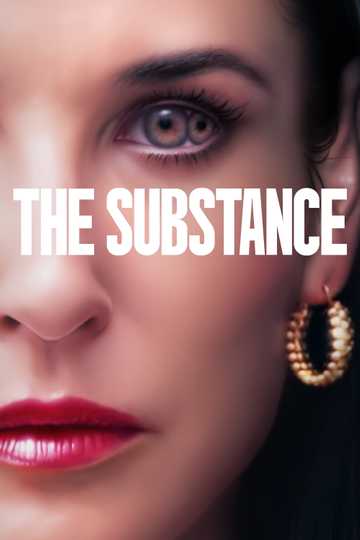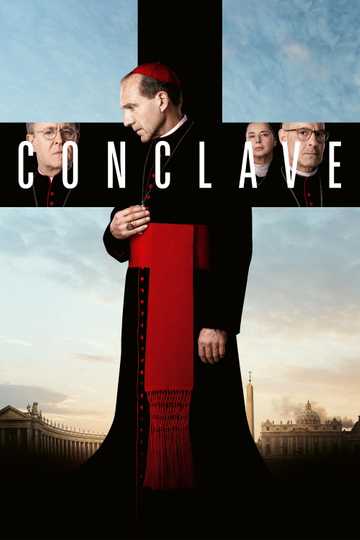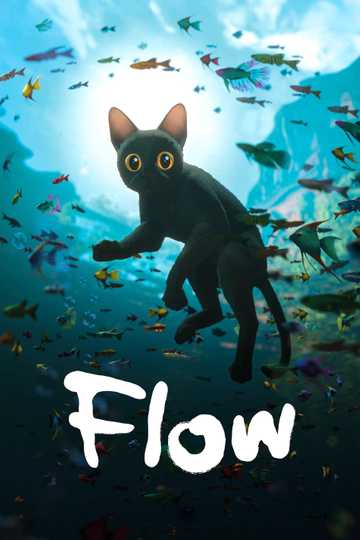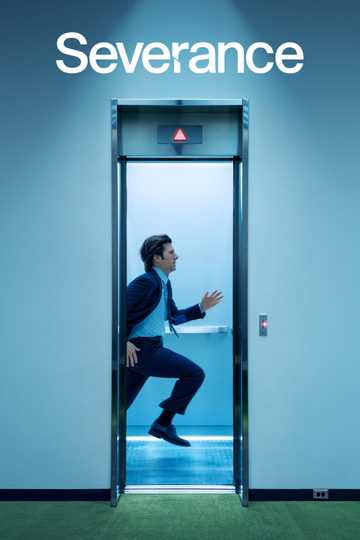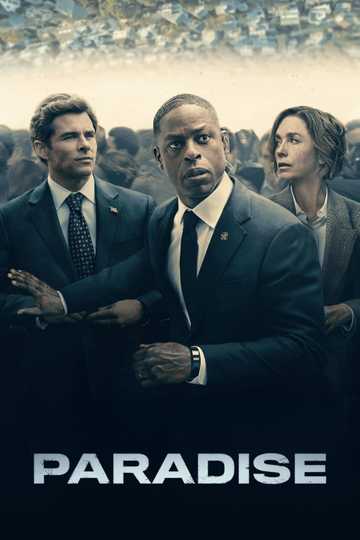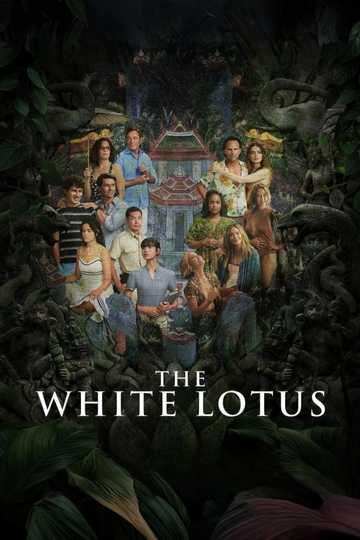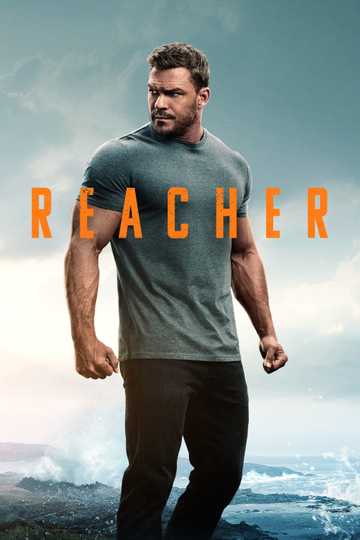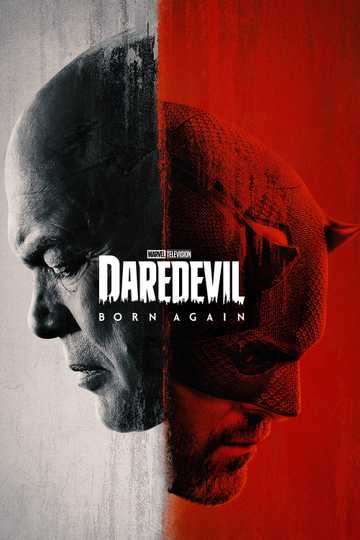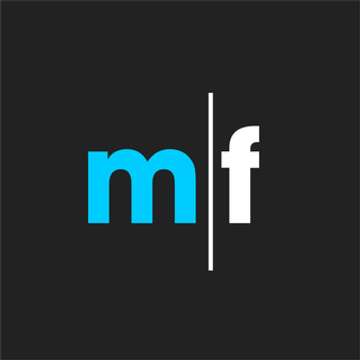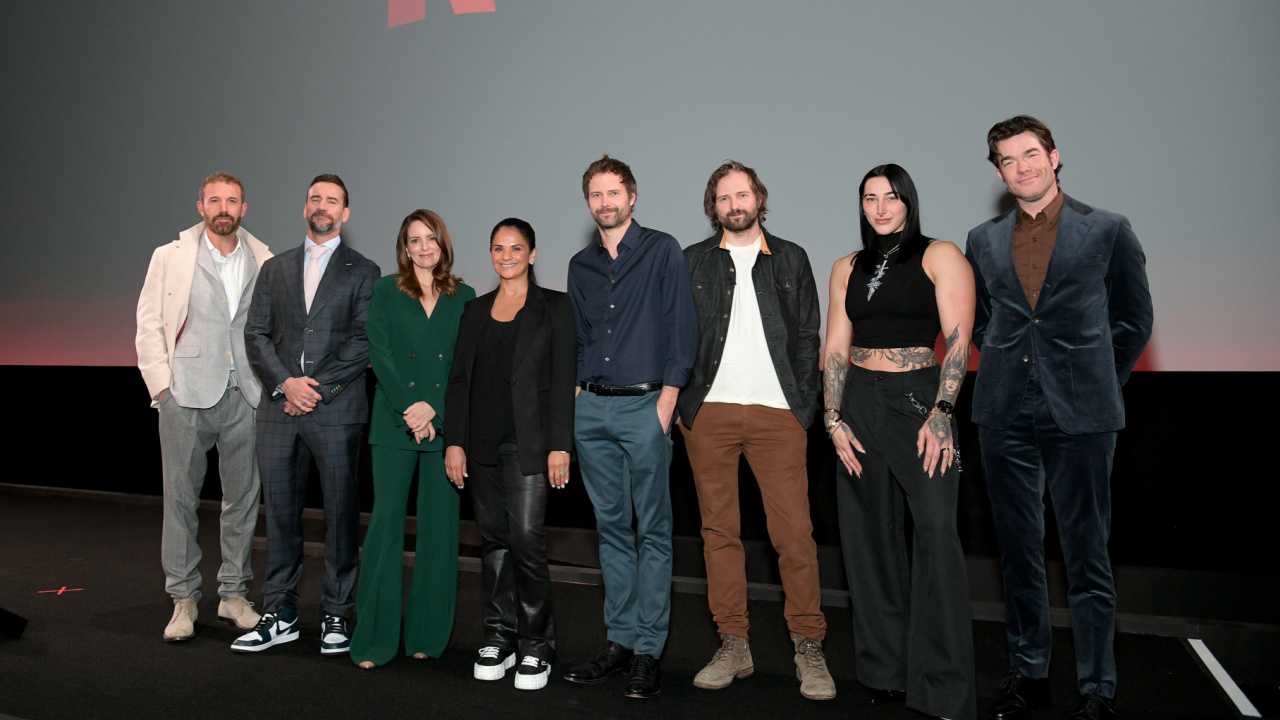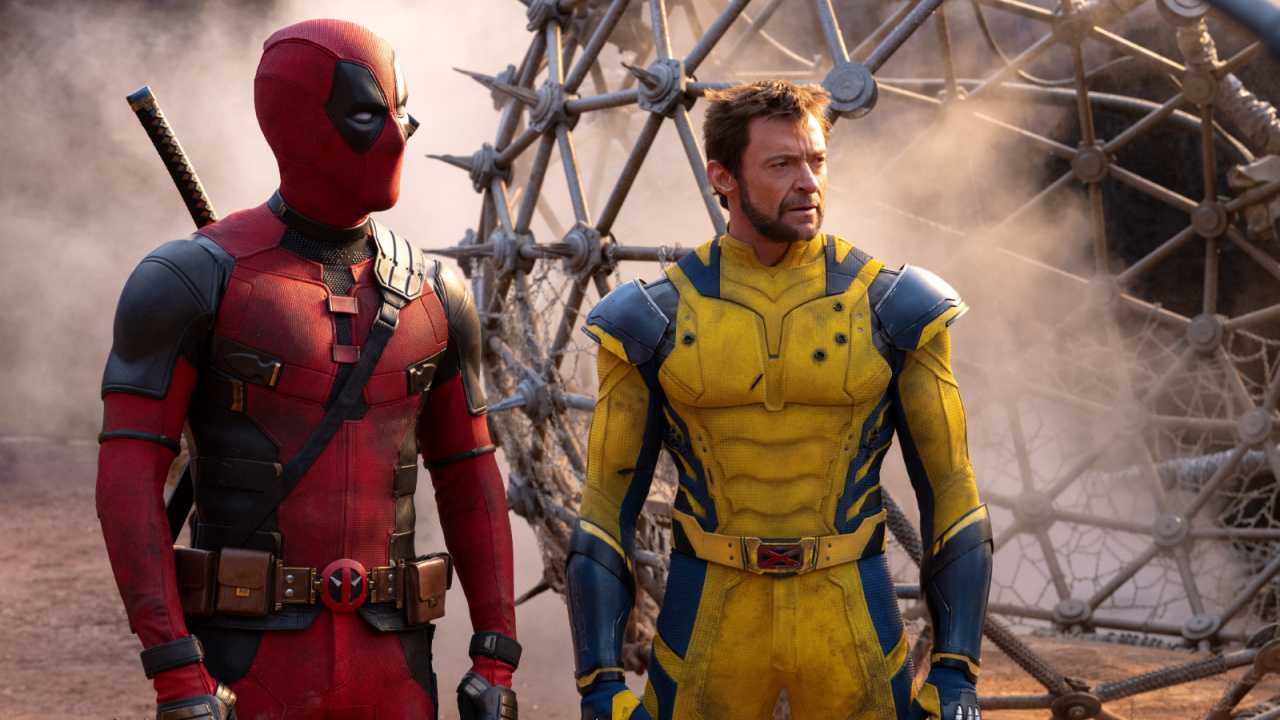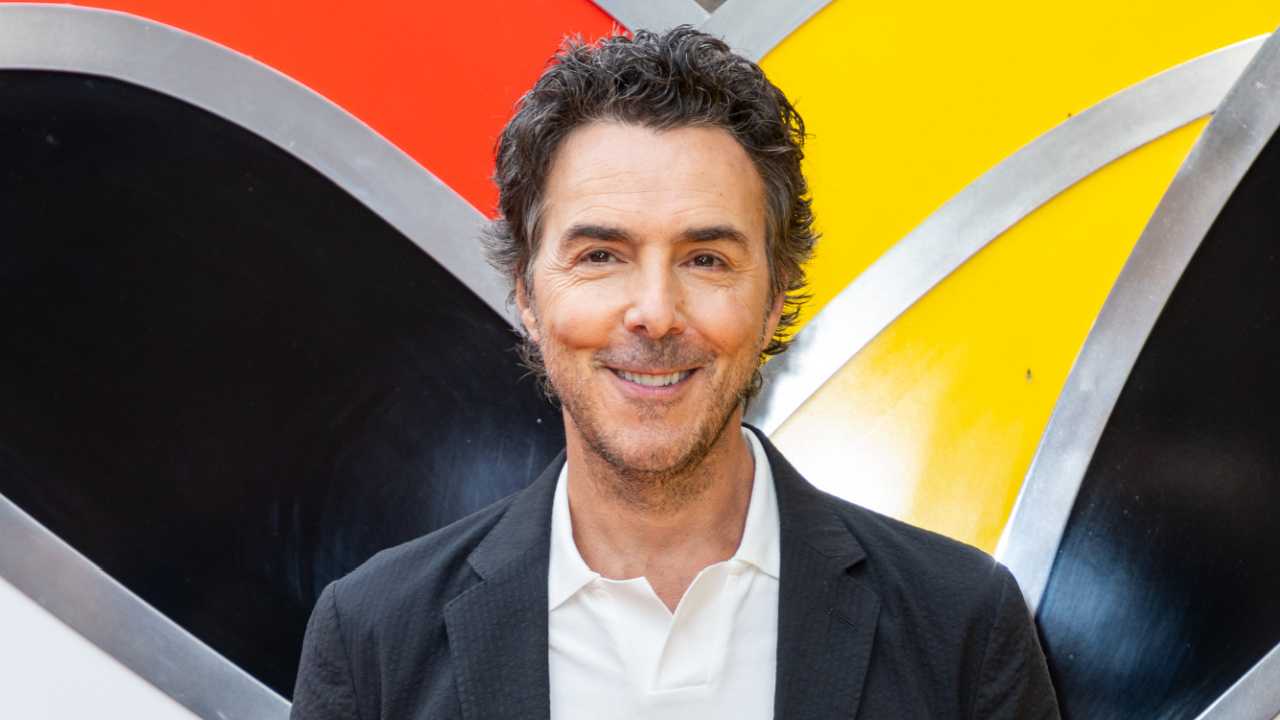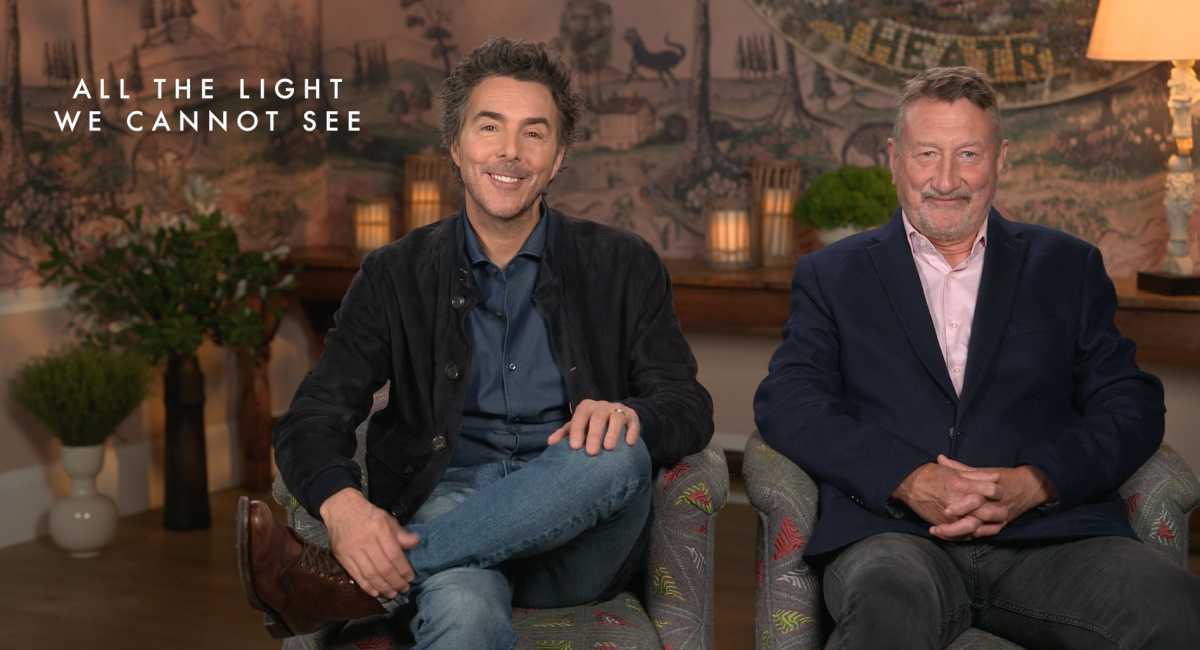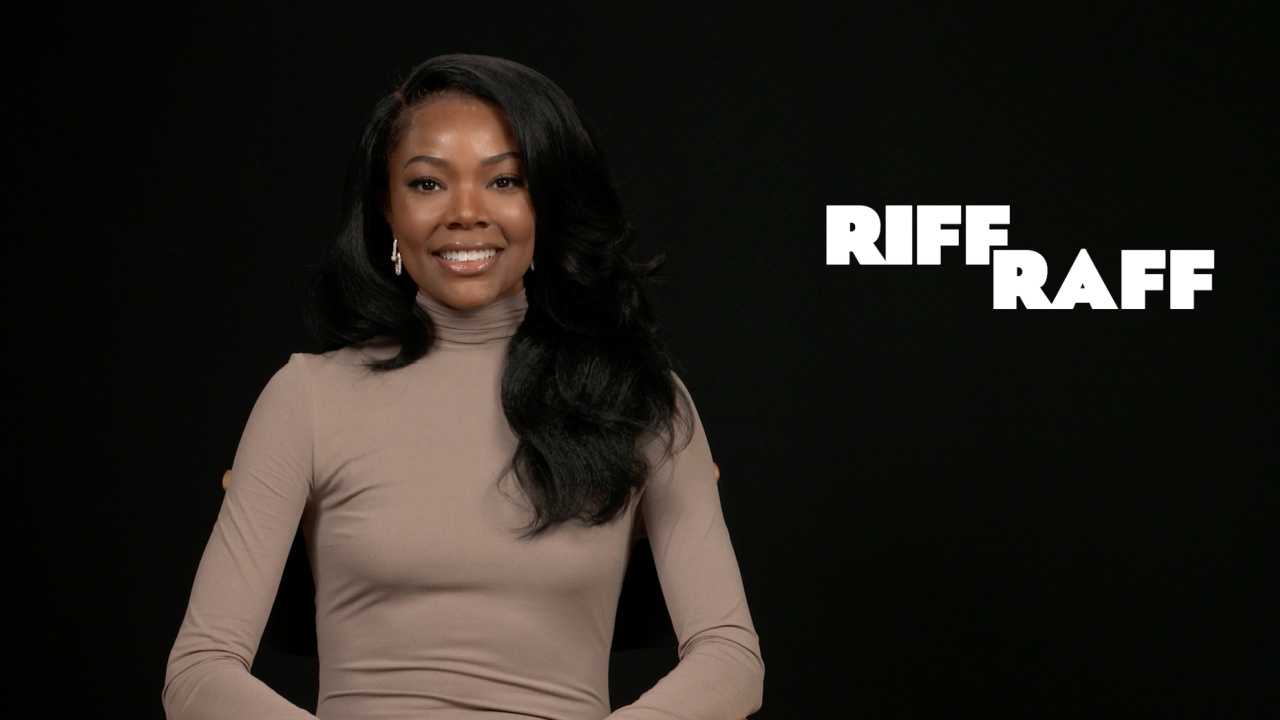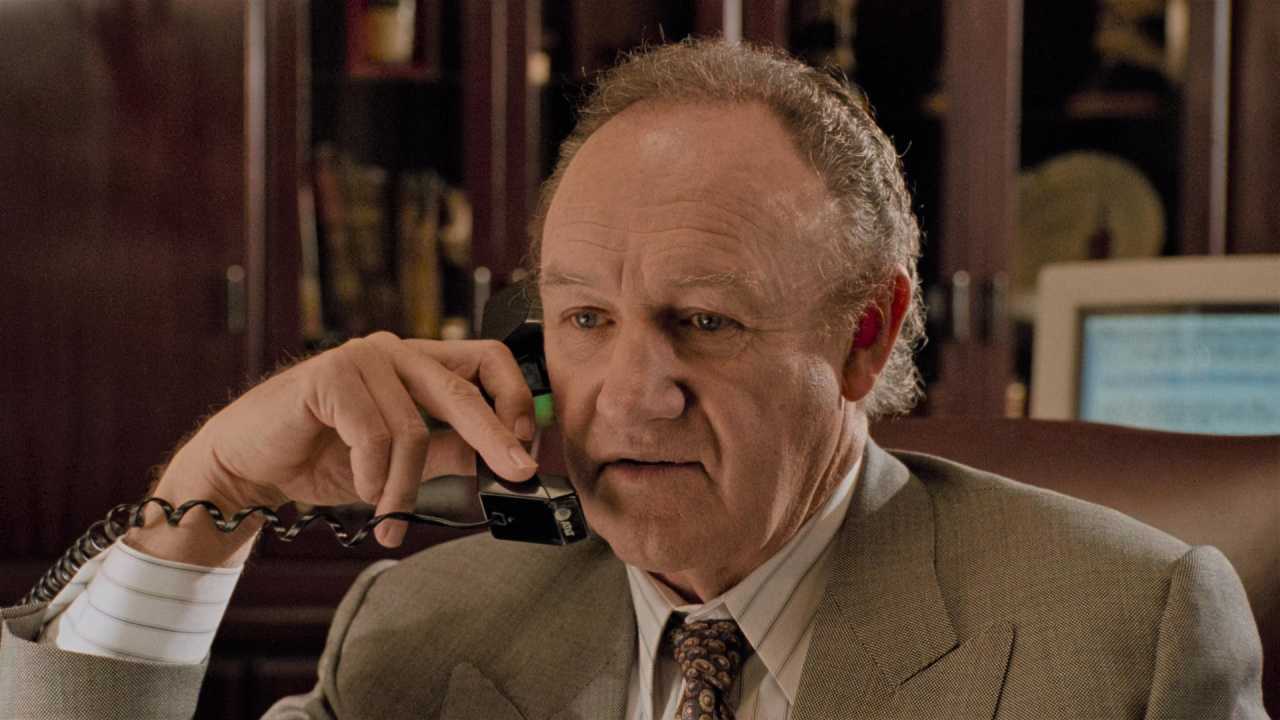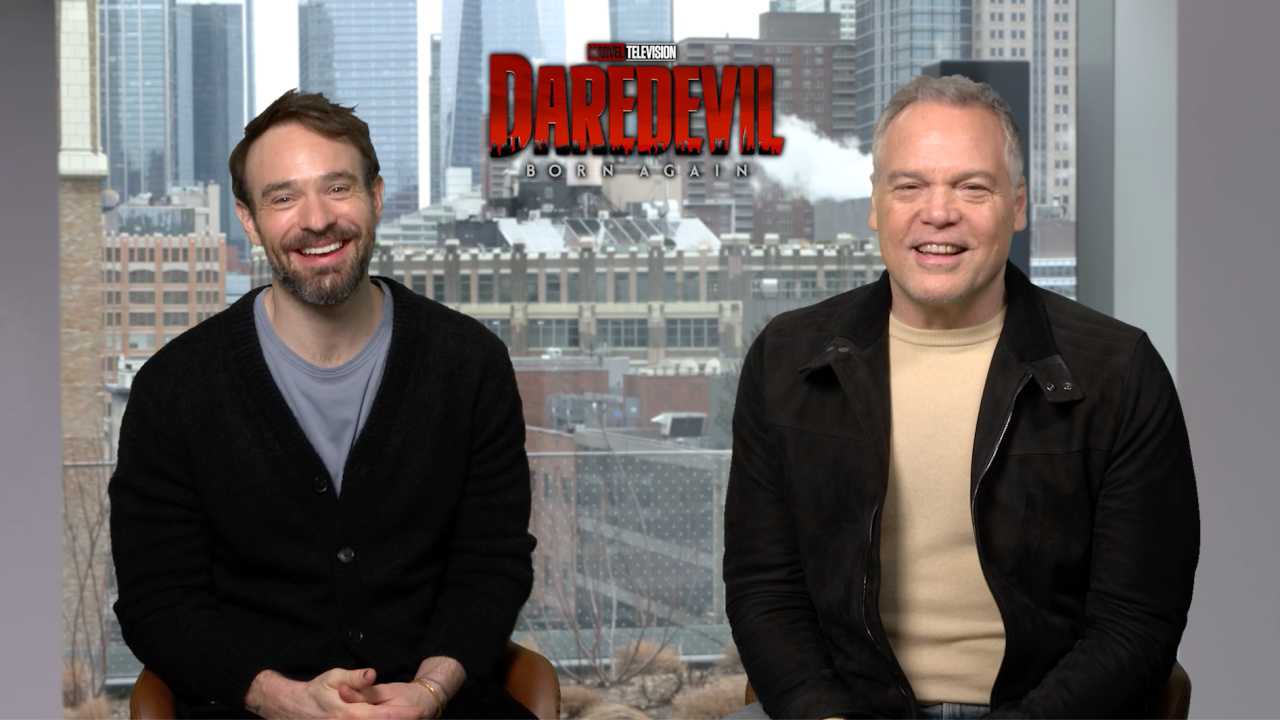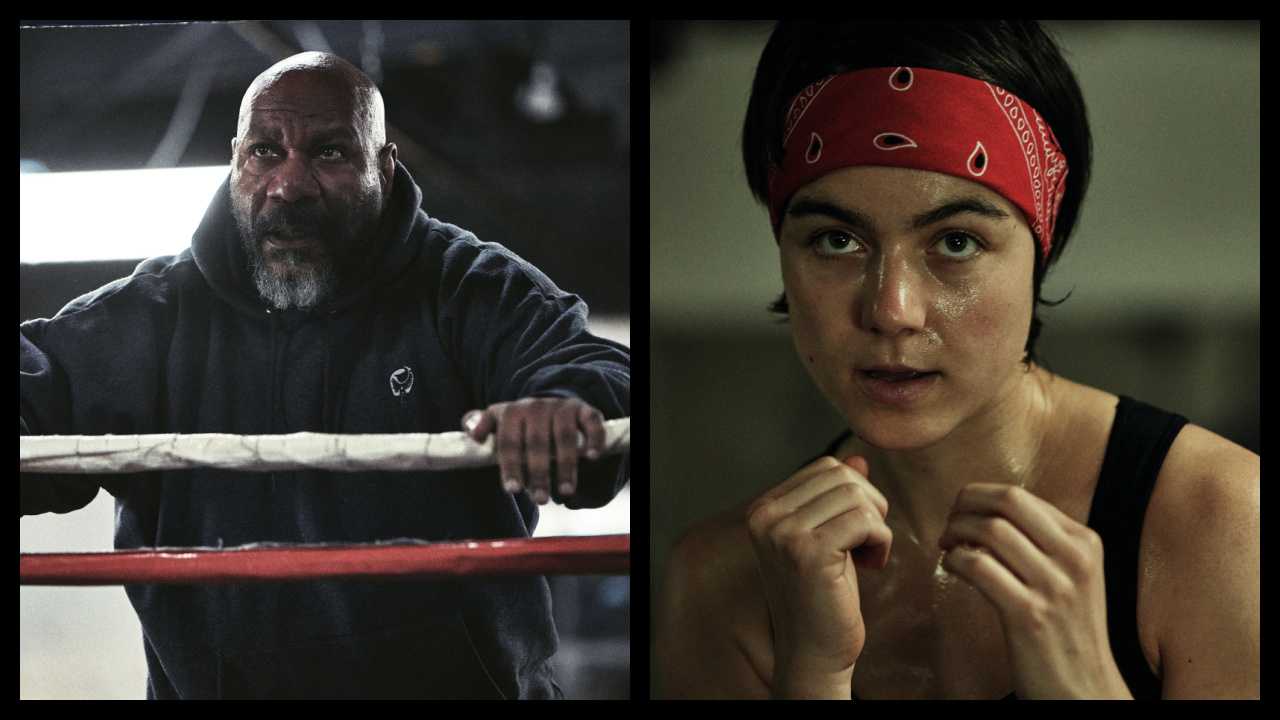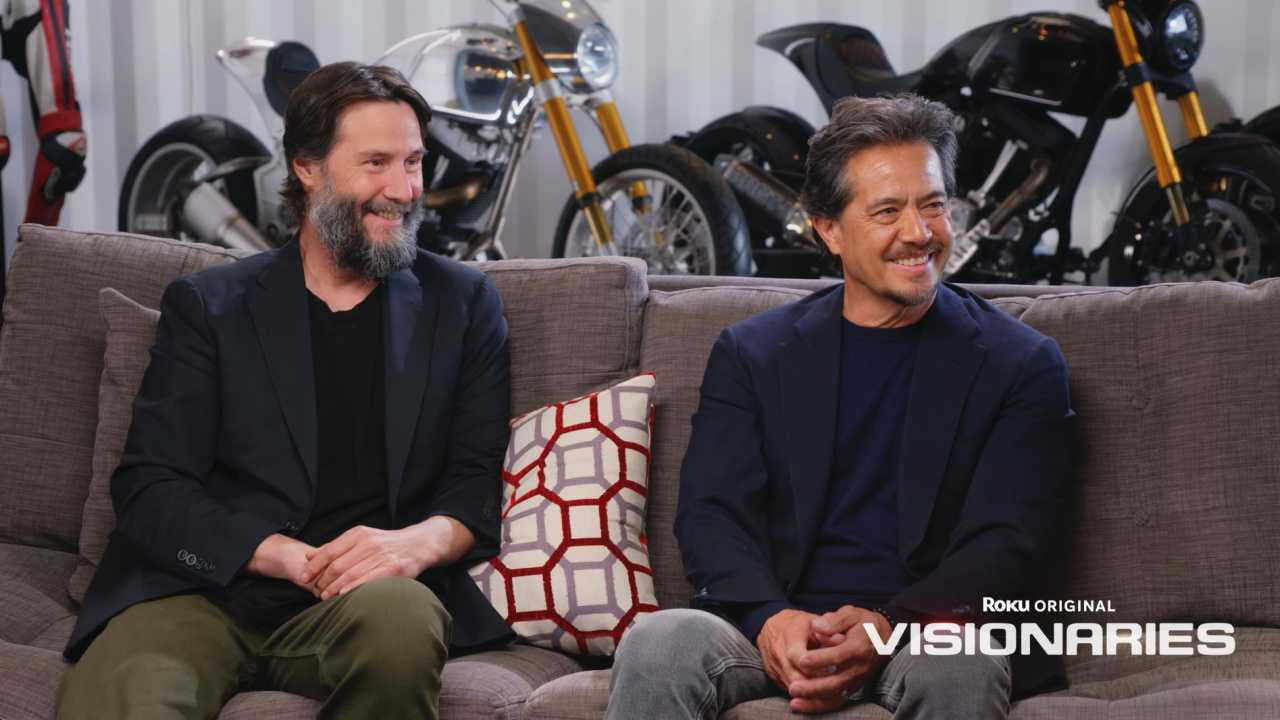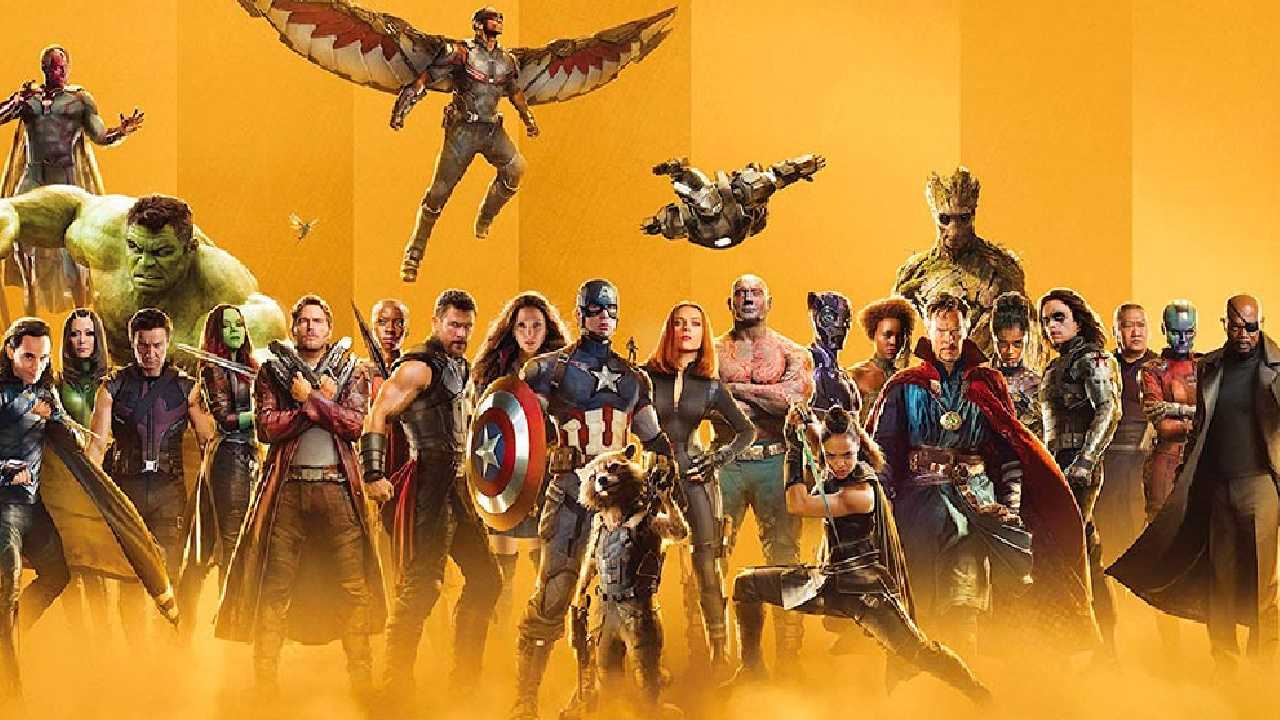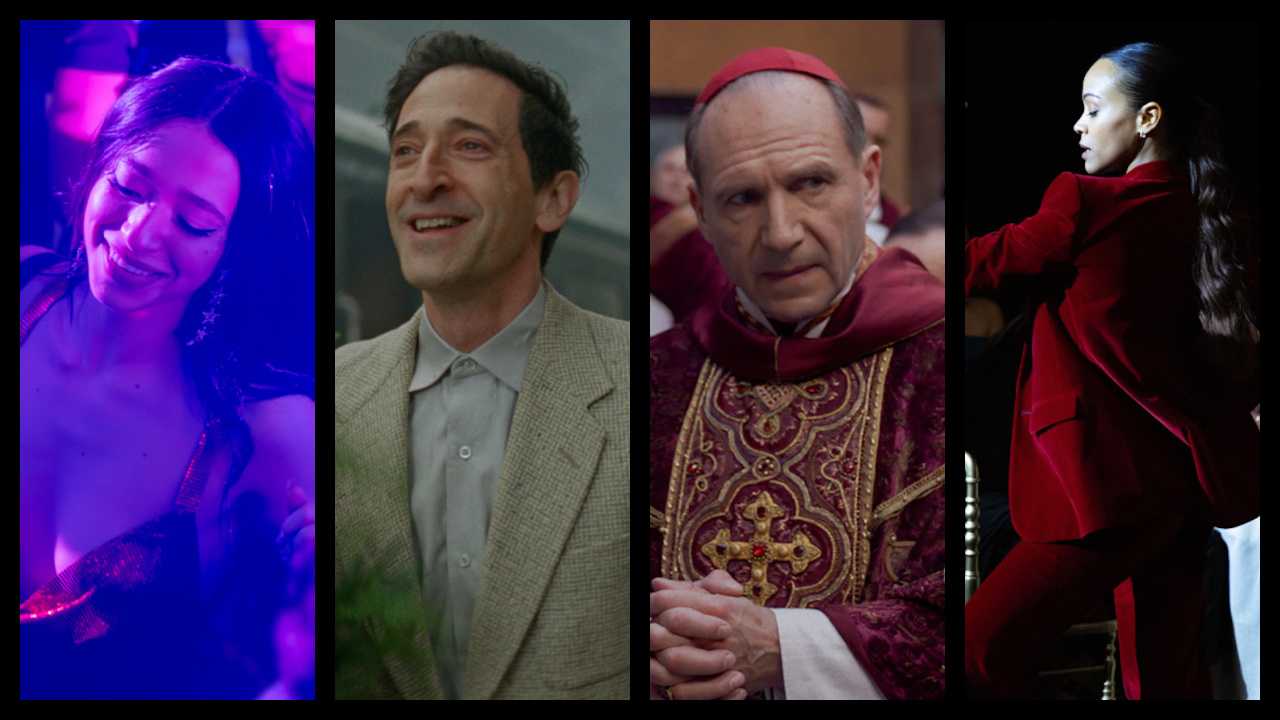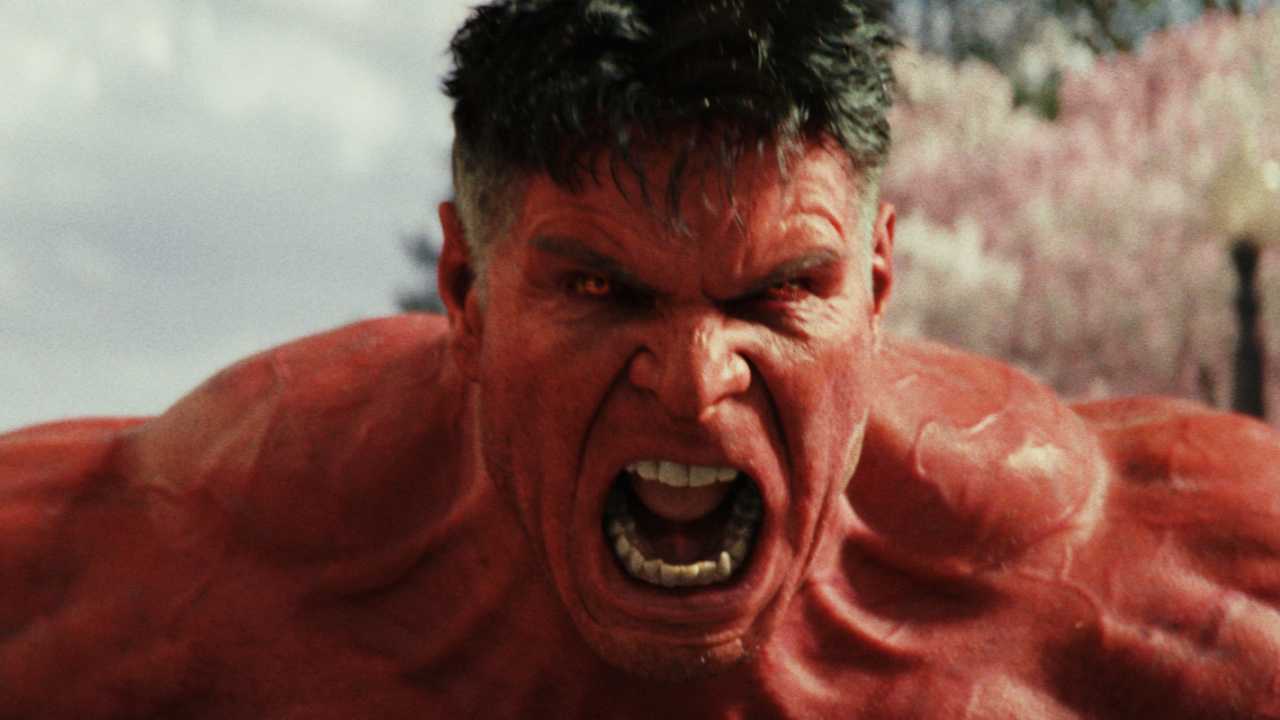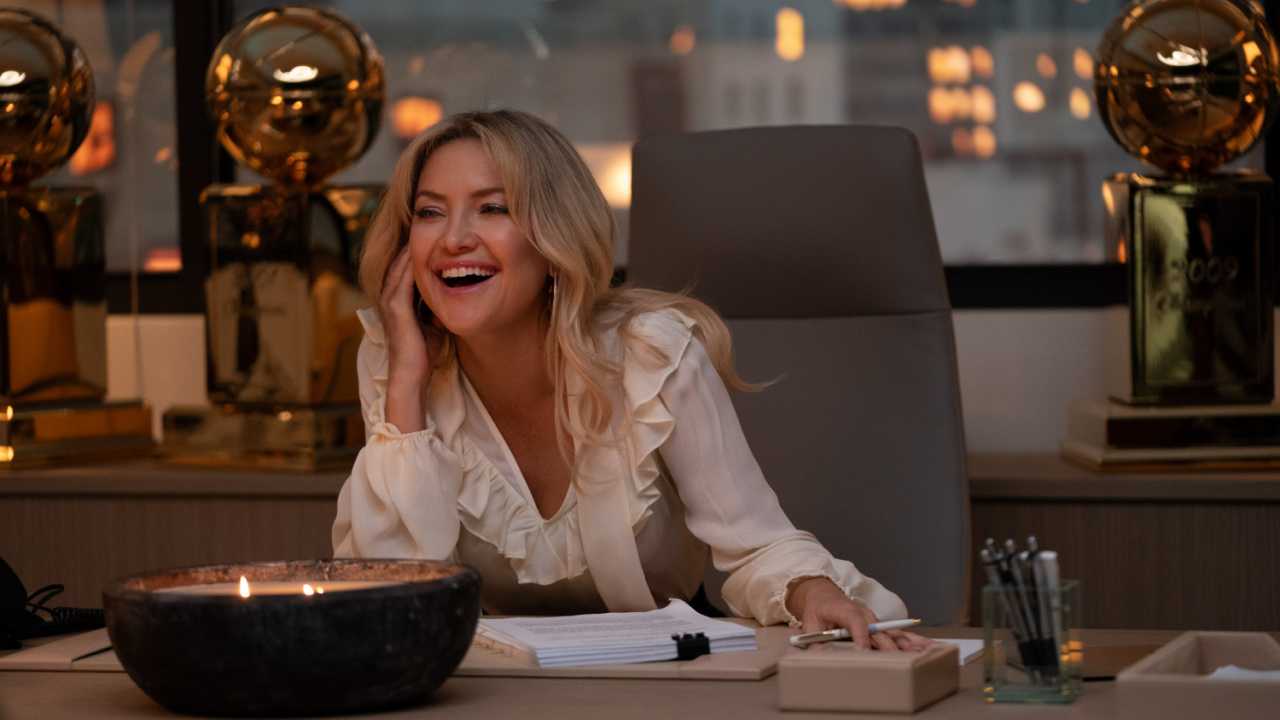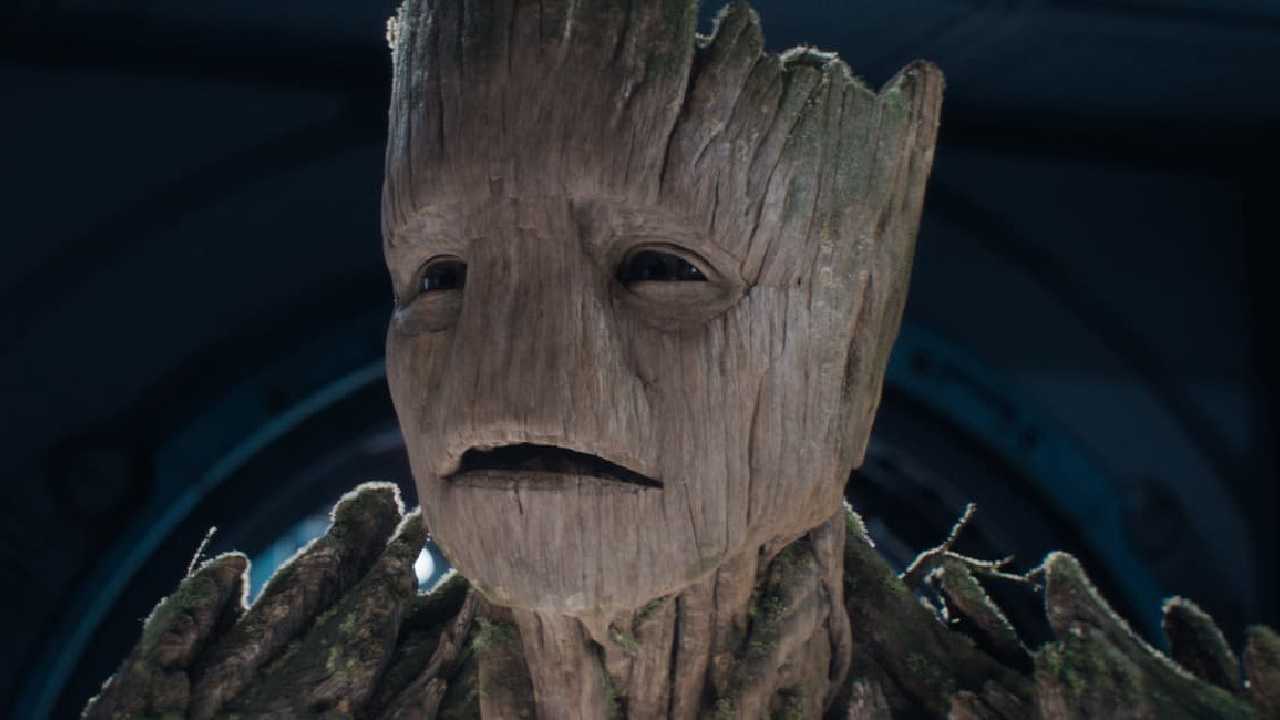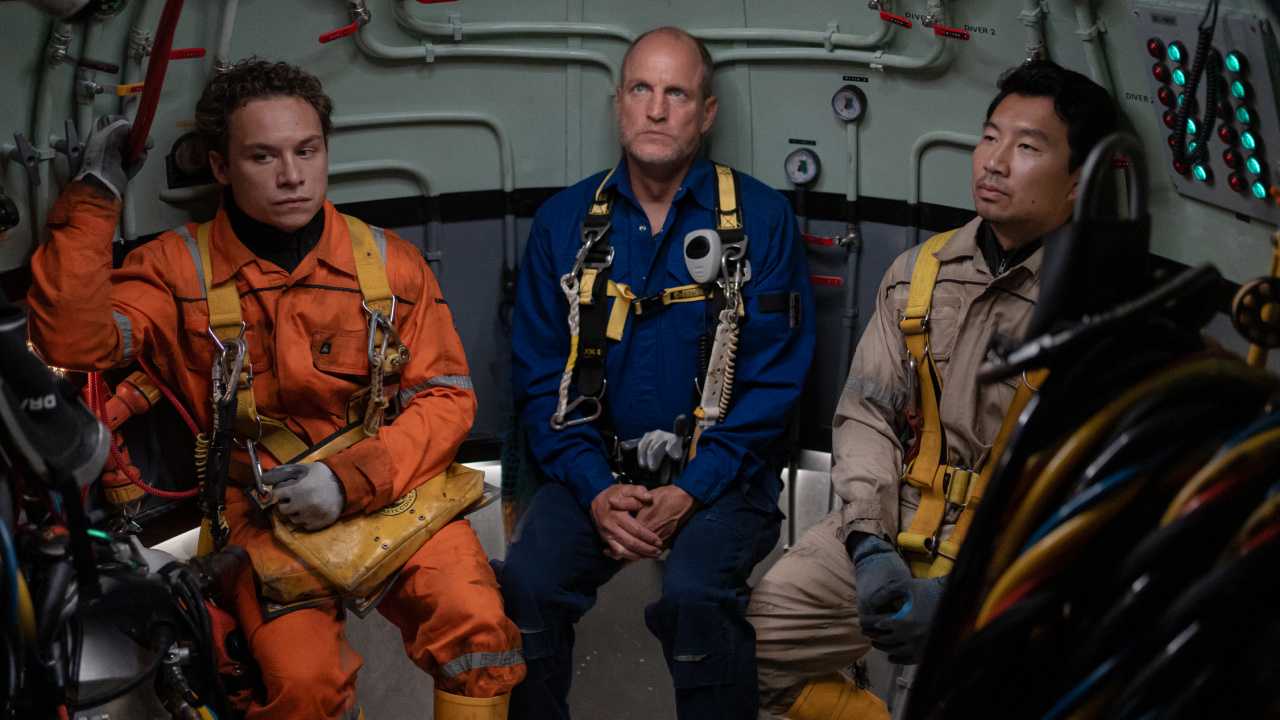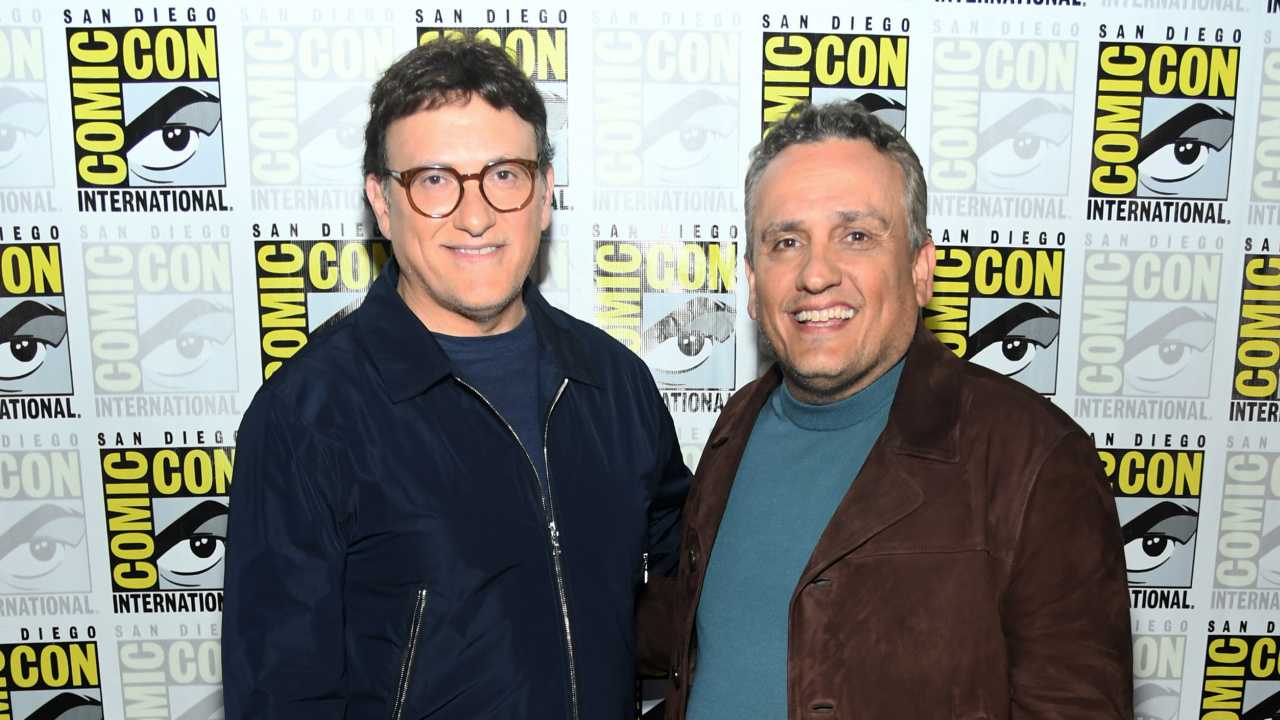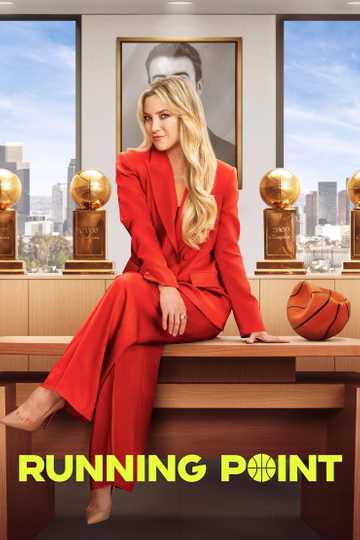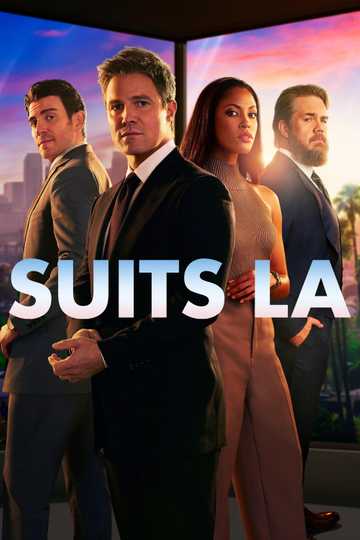12 References 'Stranger Things' Makes to the Movies and TV You Love
A big part of the appeal of "Stranger Things" is its kitschy throwback vibe. That includes the Netflix show's multiple references to pop culture from the 1980's. Some of those references are explicit, while others are more obscured. But they help to give the series texture and add to its irresistibility. As we gear up for season two (and have already peeped references to Stephen King's "The Mist," "Ghostbusters," and, Michael Jackson's "Thriller"), we thought we'd rundown all of our favorite nods in season one.
1. The Title Sequence
The title sequence by the geniuses over at Imaginary Forces pays deliberate homage to the work of another studio, R/GA (they also did some of the visual effects for John McTiernan's "Predator"). They were responsible for some of the most iconic title sequences of the 1980's, including "Altered States," Brian De Palma's "The Untouchables" and "Lethal Weapon." But the most direct homage seems to be to David Cronenberg's "The Dead Zone," which features a similar typography and way of revealing the title. "Altered States" and "The Dead Zone" will be referenced elsewhere, so keep those in mind.
2. The Sensory Deprivation Tank
At one point, we see that Eleven's powers are unleashed via the use of a sensory deprivation tank, which seems to be another tip of the hat to the hugely influential "Altered States." (A similar device was utilized in JJ Abrams' underrated sci-fi series "Fringe" for similar purposes.) This allows her access to the unseen realm of the Upside Down, an act that offers up its own set of specific references.
3. John Carpenter
This is one of those milestone reference points, along with a few others, that really stand out. From the 1980's setting (when John Carpenter was at his prime), the crunchy synth score, the warped take on suburbia, the "Thing" poster hanging in the Mike's basement (and the fact that the helpful science teacher is watching the film later on), Carpenter's shadow looms large over this fictional town. Also, the Steve/Jonathan fight has echoes of "They Live's" infamous brawl, and the generally "Fog"-gy vibes of using an old radio to communicate between dimensions.
4. 'The Evil Dead'
This one is more evocative set dressing than anything else. Jonathan has an "Evil Dead" poster on his wall, which leaves his father to comment on the movie's salaciousness. (Little does he know!) While this nod doesn't permeate the show in any other meaningful ways (there aren't any, say, demonic possessions or tree rapes), it does link it with another '80s-set cult classic: Richard Kelly's "Donnie Darko."
5. Stephen King
As already noted, the title sequence owes a debt to "The Dead Zone," with the typography recalling the hardcover edition of "Needful Things." But it doesn't stop there. The idea of a group of kids setting out to uncover an otherworldly plot shares DNA with a number of King stories, most explicitly "It" but also elements of "Stand By Me" (the kids even walk down a railroad track at one point) and "Dreamcatcher." What's more, Eleven's extra-sensory superpowers and her torture at the hands of a sinister government organization recalls "Carrie" and "Firestarter." (The shadowy group in King's fiction is known as The Shop). Apparently King appreciated all the winks and nods and emailed the Duffer Brothers his seal of approval. He also tweeted it.
6. Steven Spielberg
Another luminary that can be seen in much of "Stranger Things" is Steven Spielberg. Joyce's journey following Will's disappearance mirrors a similar arc from "Close Encounters of the Third Kind" (and like "Close Encounters," light is devised as a way to communicate between worlds). Another arc "borrowed" from The Beard involves Eleven's integration with the other kids and that spiritual bond between everyday kinds and something extraordinary, which of course is a riff on "E.T." This shows itself in sequences where the kids are hiding Eleven (some of the most endearing flourishes) to them riding around a quintessential suburban neighborhood, to government agents looking really spooky in plastic hazmat suits.
7. The Monster
One of the more modern references seems to be the Upside Down's creature, The Demogorgon. The demonic face that opens up like some horrible flower, the long gangly body, the backwards-like legs -- it could easily have sprung forth from the mind of filmmaker Guillermo del Toro. Not coincidentally, del Toro acted as a mentor to the Duffer Brothers, so it's unclear whether or not this was a direct del Toro shout out or just a way of saying "thank you" to one of the masters.
8. The Upside Down
Another more modern callback is the other dimension known as the Upside Down. With its shiny black blankness, some called out its originality except that it's almost shot-for-shot stolen from Jonathan Glazer's brilliant and haunting "Under the Skin." That film was about an alien force (Scarlett Johansson) that comes to earth to gobble up unsuspecting men (not unlike the Demogorgon). Most of these references are thinly veiled but whew, boy, this was overwhelmingly obvious.
9. 'Poltergeist'
This reference is unique because things in "Poltergeist" are alluded to -- and so is the actual movie. Meaning, there's a flashback where Joyce gets Will tickets to the movie (previously she had told him he couldn't see it), but also there are narrative beats clearly borrowed from the Tobe Hooper-directed classic. In particular, there's Will's attempts to contact his mother through the nebulous otherworld ether, which mirrors Carol Anne's whispery communications in that film. Sure, it's weird, but who doesn't love a good "Poltergeist" shout out?
10. Dungeons & Dragons
The kids play popular board game/strategy extravaganza D & D, to the point that the show's signature monster is named after one of the game's creatures. But it also links the show to several other pop culture hallmarks, including "The Goonies" (they play the game) and "The Last Starfighter" (in which the hero follows a similar journey from gamer to savior). Further proof that just because you're a nerd doesn't mean you can't save the day.
11. 'The Empire Strikes Back'
At one point, Mike shows Eleven a Yoda toy, which is key because she has some pretty powerful Jedi-ish abilities (flipping cars and whatnot). And, of course, Lucas, when he suspects Eleven of lying, calls her "Lando." Both are hallmarks of "The Empire Strikes Back." (She never sells them out, though, and, as far as we know, never won an iconic space ship in a game of futuristic poker.) Any even remotely fantastic story set during the 1980's has to include some kind of "Star Wars" reference (look at "Poltergeist" or "E.T." for more).
12. Nancy
Nancy, one of the main characters, shares a name and general vibe with the heroine from Wes Craven's influential "Nightmare on Elm Street." There are also parallels to the movie in the sense that an evil creature is accessed via an alternated state of consciousness (in the movie, it's dreams, in the show, it's the subconscious accessed via the sleep deprivation tank). Also, the idea that small town Americana can be besieged by a supernatural terror feels very Elm Street-ish.


